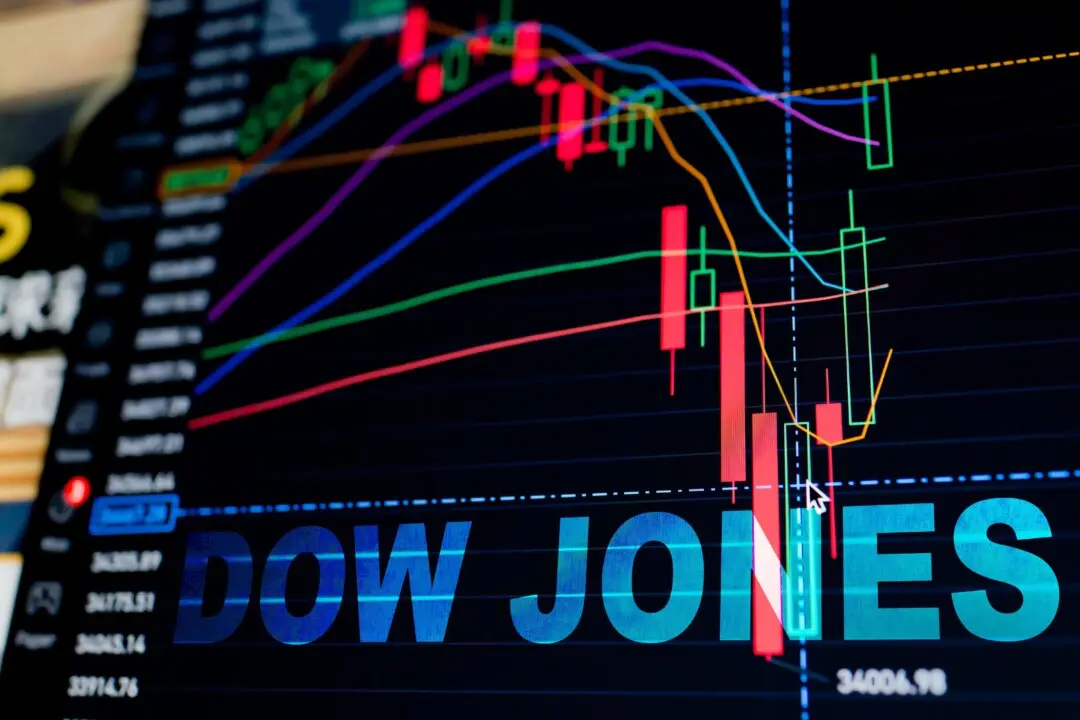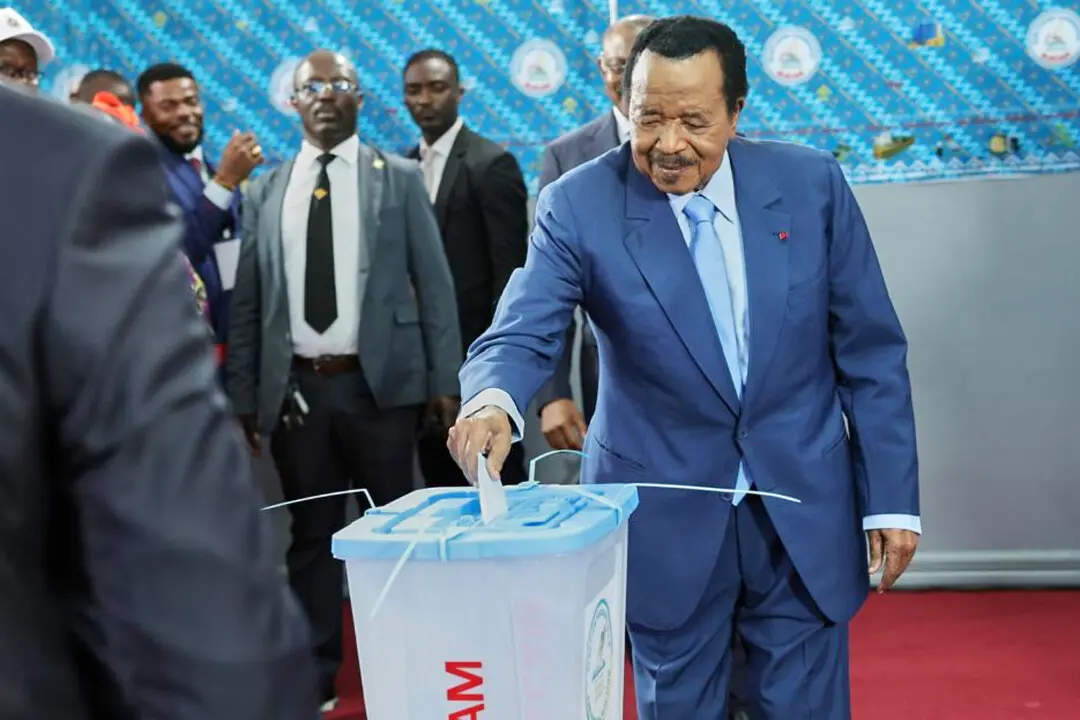TOKYO—Tokyo Stock Exchange plans to resume normal operations Friday after it halted trading for the day due to what they said was a malfunction in its computer systems—the worst such outage ever.
There was no indication that the outage at the world’s third-largest exchange resulted from hacking or other cybersecurity breaches.





